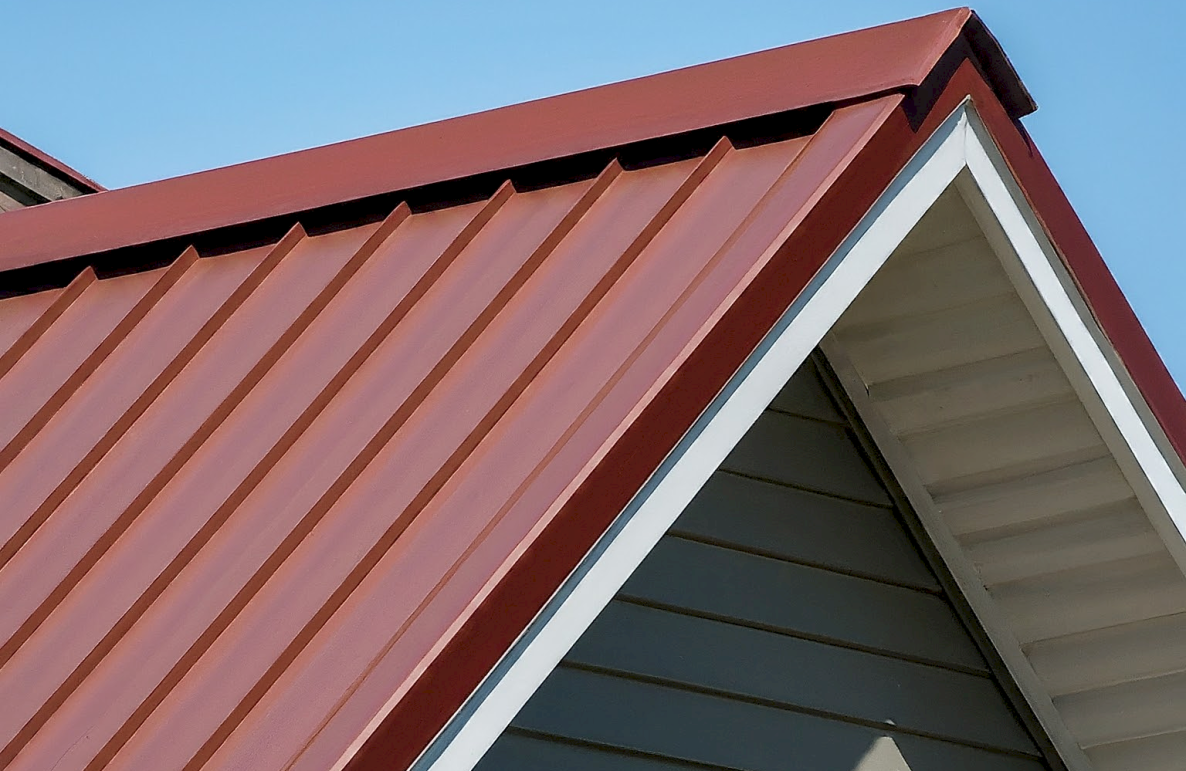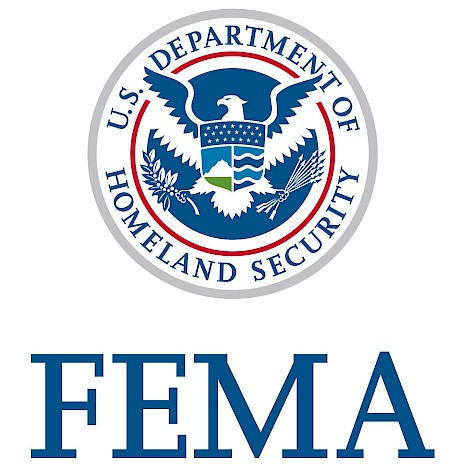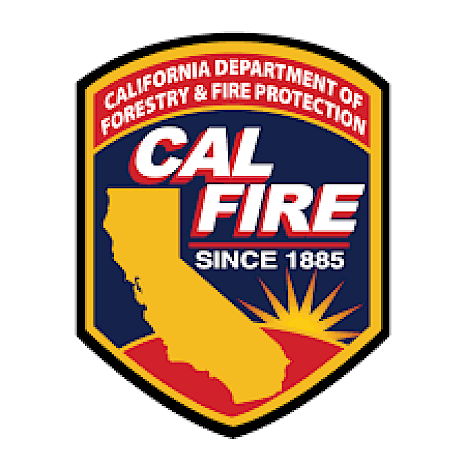Defending Your Roof Against Wildfire:
Your roof is your home’s first defense against wildfire but can become a major vulnerability without proper fortification. An old or compromised roof can allow embers to settle, ignite, and spread flames across your home. Using Class A fire-rated materials and sealing all gaps and openings is crucial in protecting your home from fire and ember intrusion. Whether it’s a full roof replacement or a targeted retrofit, reinforcing your roof can drastically reduce wildfire risks. From drip edge repairs to non-combustible attachments, every upgrade brings your roof closer to meeting California’s Wildfire Mitigation Program standards, ensuring it stands strong when it matters most.

Key Points:
- Use Class A fire-rated materials for full or partial roof replacements.
- Seal gaps and openings in existing Class A roofs.
- Repair or replace damaged roof drip edges and valleys.
- Use non-combustible materials for roof attachments and maintain clearance.
- Follow building code requirements for all repairs and installations.
This section details various roof retrofit options to meet California’s Wildfire Mitigation Program code. Here's a breakdown:
Roof Retrofits:
Full Roof Replacement:
- If your roof is severely compromised, replace the entire roof assembly with a Class A fire-rated roof (the highest fire resistance rating).
- Use similar code-compliant materials for the replacement with a 30-year lifespan.
- Follow the manufacturer's instructions and building code requirements (CBC or CRC) for roof assemblies.
Partial Roof Retrofit:
- If only specific sections of your roof need improvement, replace those sections with Class A fire-rated materials.
- Follow the same principles as a full roof replacement for materials, lifespan, and building code compliance.
Roof Gap and Opening Repairs:
- Seal gaps and openings in your Class A roof to block ember intrusion and prevent ignition of decking materials.
- Use bird stops at eaves (where applicable) and mud-in hip and ridge caps to prevent embers or fire from entering.
Roof Drip Edge Repair:
- Fix or replace damaged or missing drip edges.
- Install new drip edge flashing to protect the combustible deck underneath the roof from embers, flames, or radiant heat.
- Ensure the drip edge extends down to the gutter.
Combustible Roof Attachment Mitigation:
- If you have combustible attachments on your roof (solar panels, air conditioners, etc.), ensure they are attached with non-combustible materials.
- Maintain adequate clearance underneath these attachments to prevent debris accumulation.
Compliance References:
- CBC (California Building Code): Sections 705A, 705A.2, 705A.3, 1503.2, 15 Roof Assemblies and Rooftop Structures
- CRC (California Residential Code): Sections R337.5.2, R337.5.3, R903.2, 9 Roof Assemblies
Disclaimer: The California Wildfire Mitigation Program Home Hardening Initiative recommends the following measures to retrofit a residence. Please note that not all retrofits listed are available in the Lake County Home Hardening Program.
If you have any additional questions please contact us at homehardening@ncoinc.org or call 707-461-0760.
Next: Ventilation Retrofits »
« Previous: Gutter Retrofits




